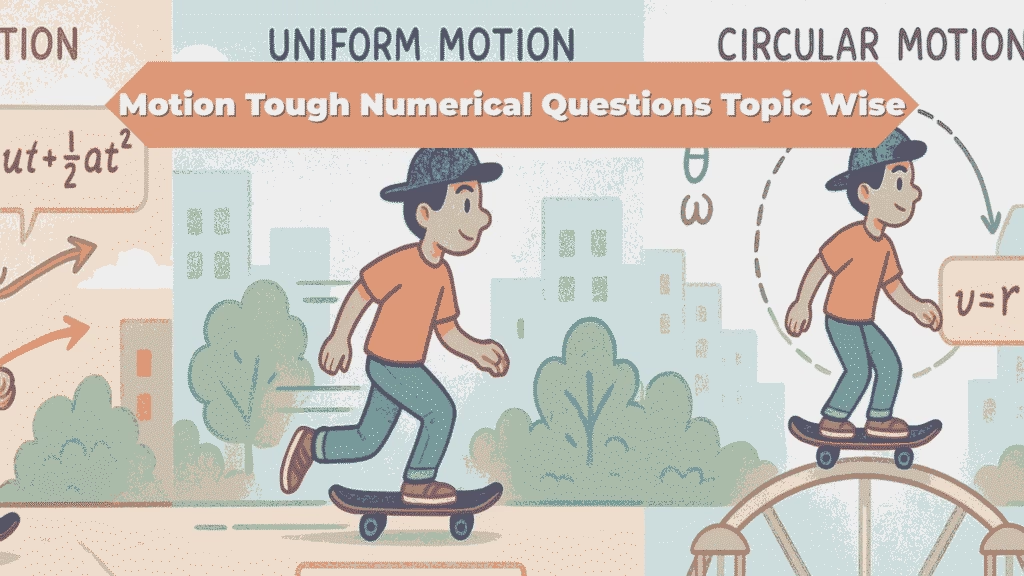Tissues are groups of similar cells working together. They form the building blocks of complex organisms. This chapter explores tissues in plants and animals.
Tissue Class 9 Flow Charts organizes key tissue types clearly. It shows how tissues are classified. It also highlights their functions and locations.
Use this visual guide, prepared from your science textbook, to understand tissue hierarchy. It simplifies learning about plant tissues (like meristematic and permanent) and animal tissues (like epithelial, muscular, connective, and nervous). The flow chart connects structure to function efficiently.
Also Read | Plant Tissues Short Notes
Cork Cells

Also Read | Animal Tissues Short Notes
Role of Complex Tissue
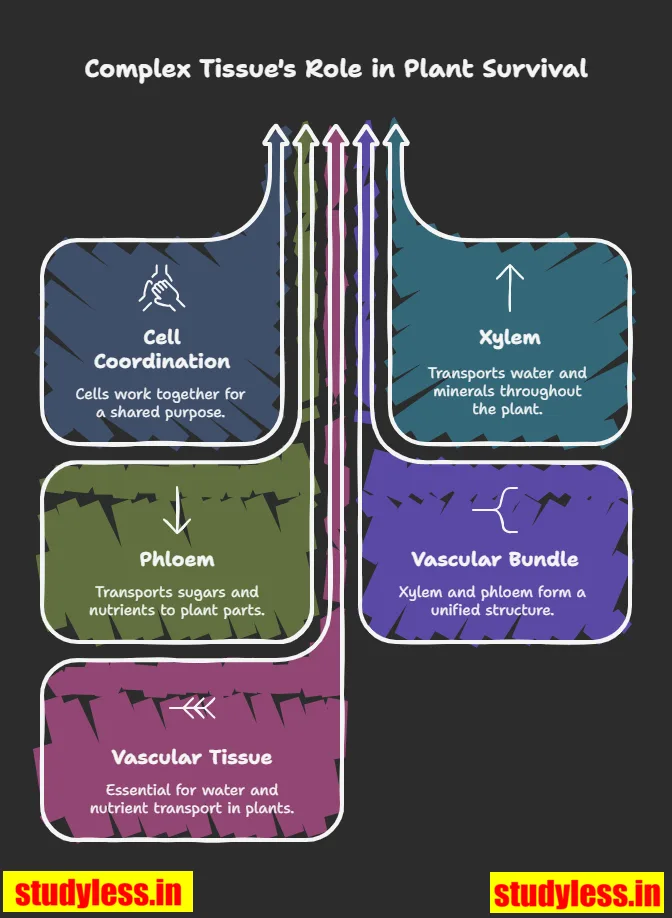
Components Of Xylem And Phloem
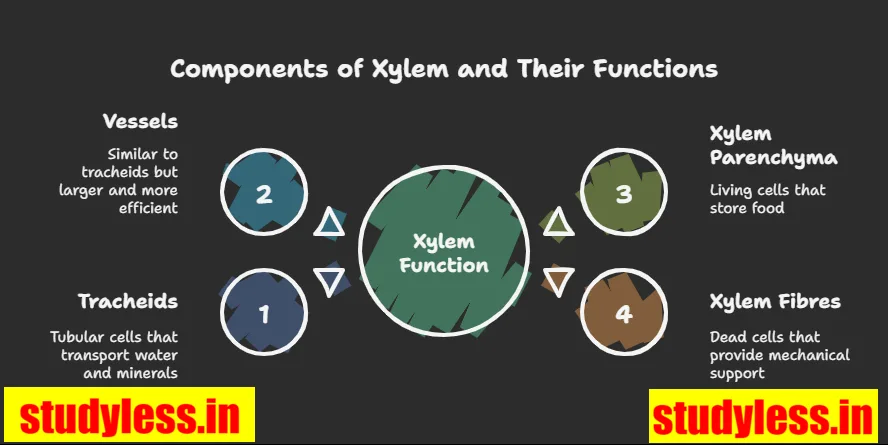
Transport By Phloem
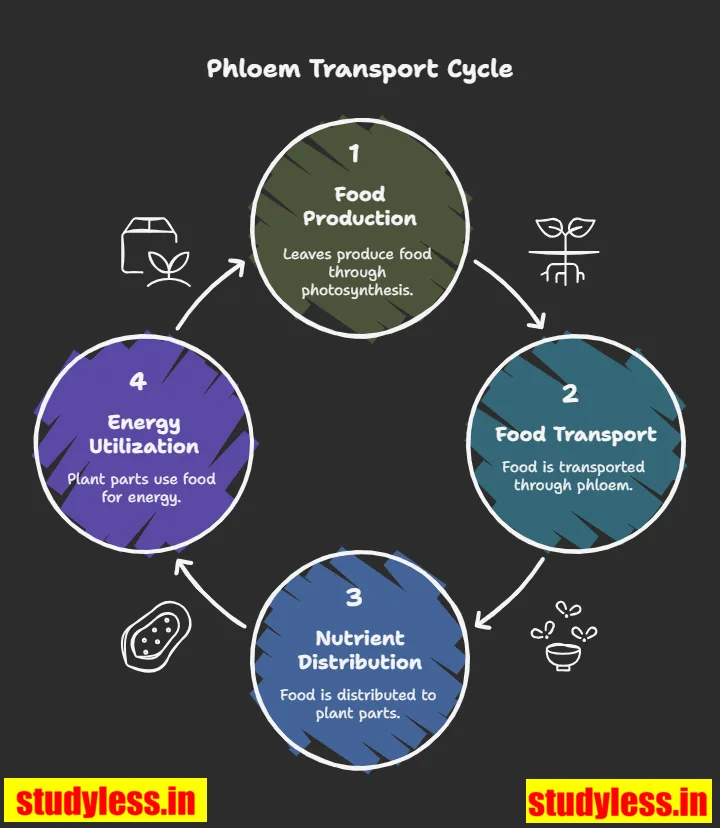
Structure And Organisation Of Cells
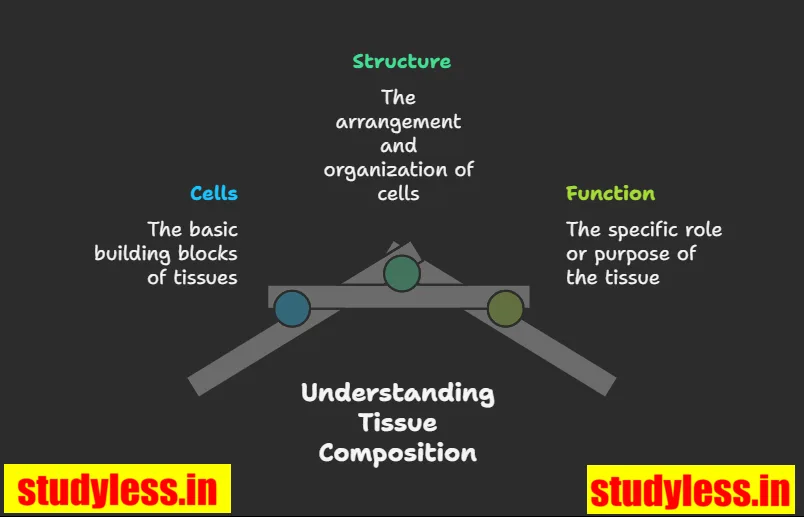
Unicellular VS Multicellular

Cellular Specialisation In Humans

Cell Grouping

Differences : Plants And Animals

Supportive Tissues: Plants And Animals
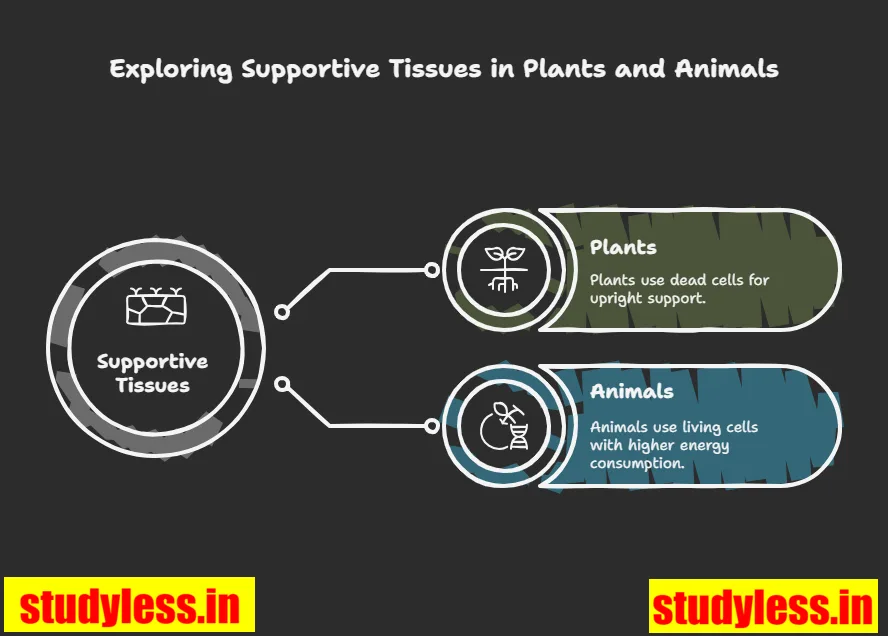
Growth Pattern Plants And Animals
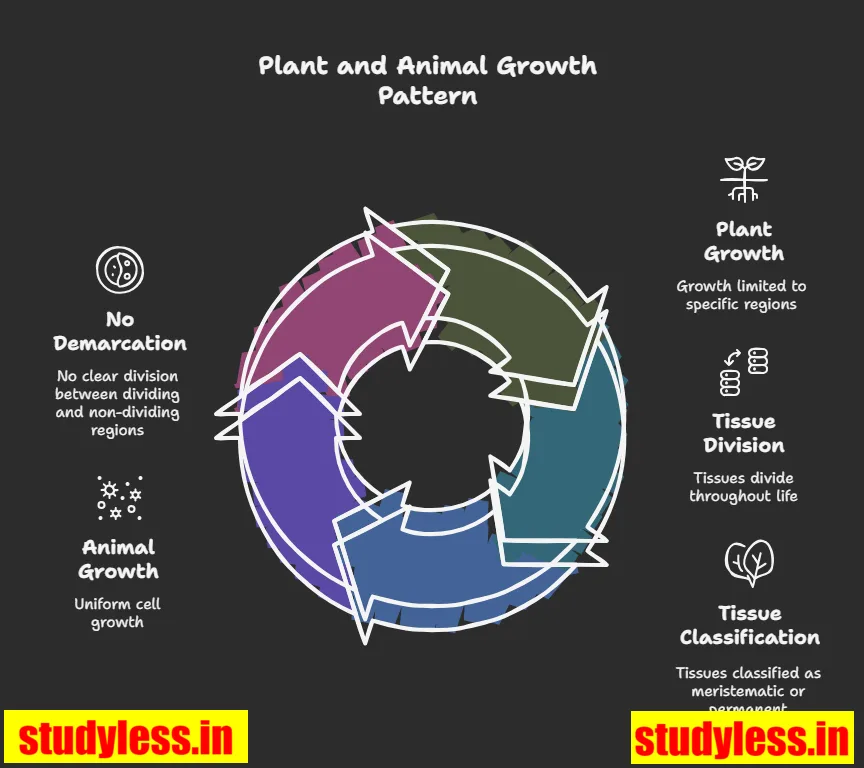
Structural Organisations: Plants And Animals

Meristematic Tissue
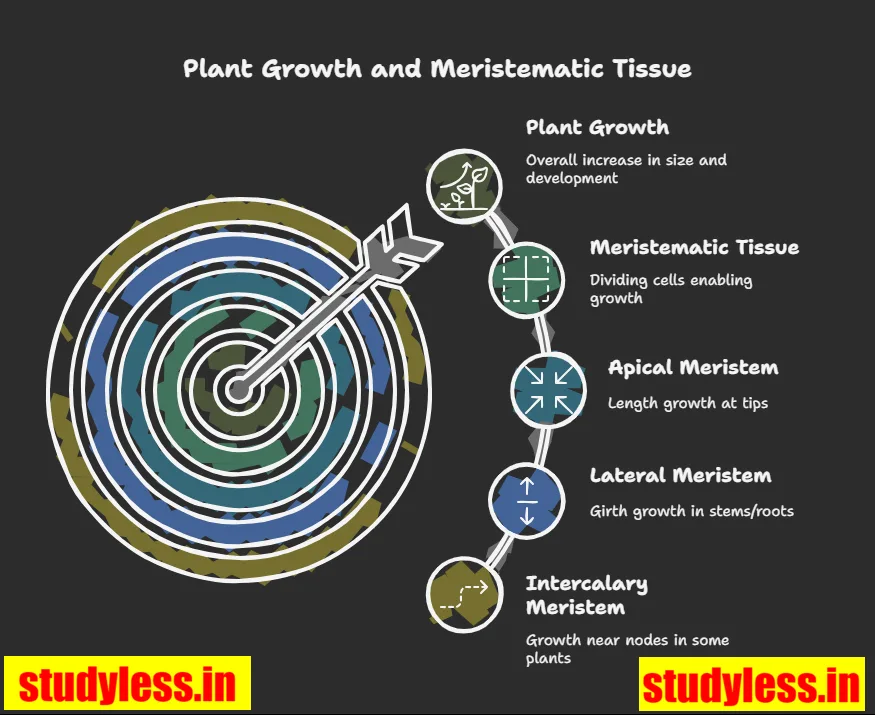
Types : Meristematic Tissues
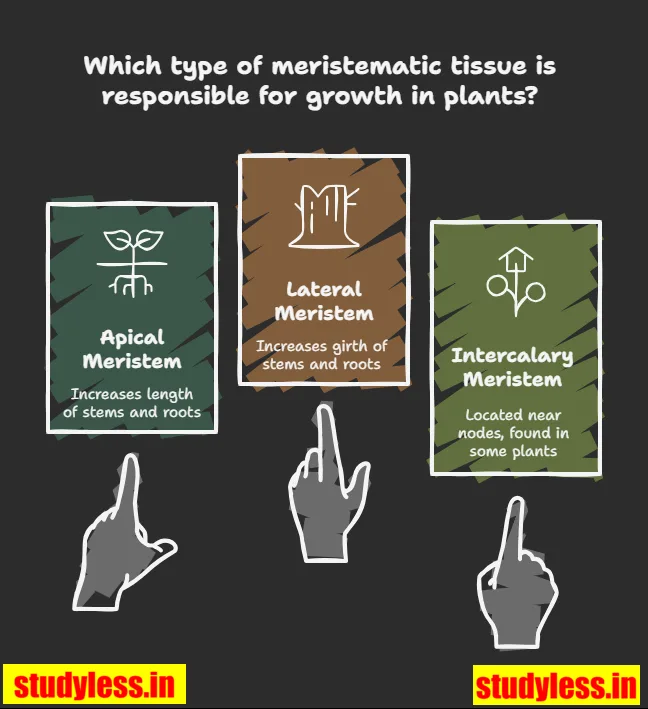
Cell Features : Meristematic Tissue
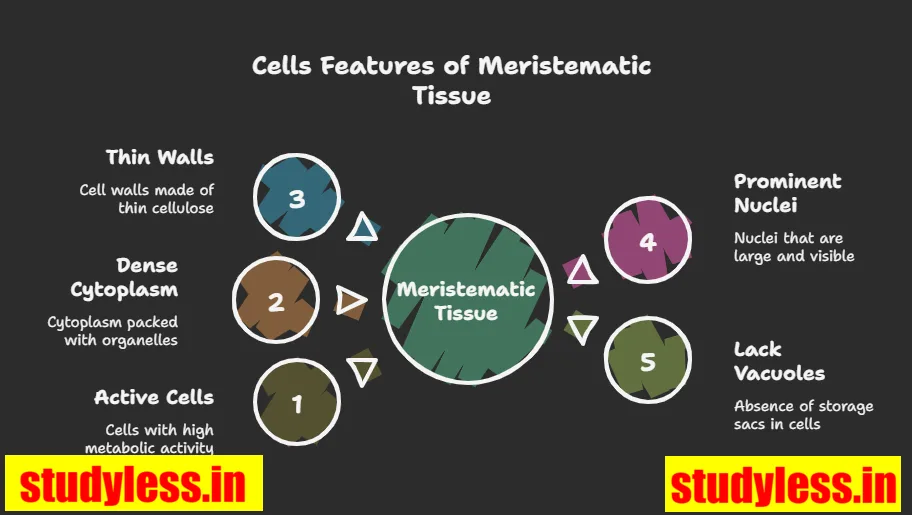
Cell Development

Formation Of Permanent Tissue
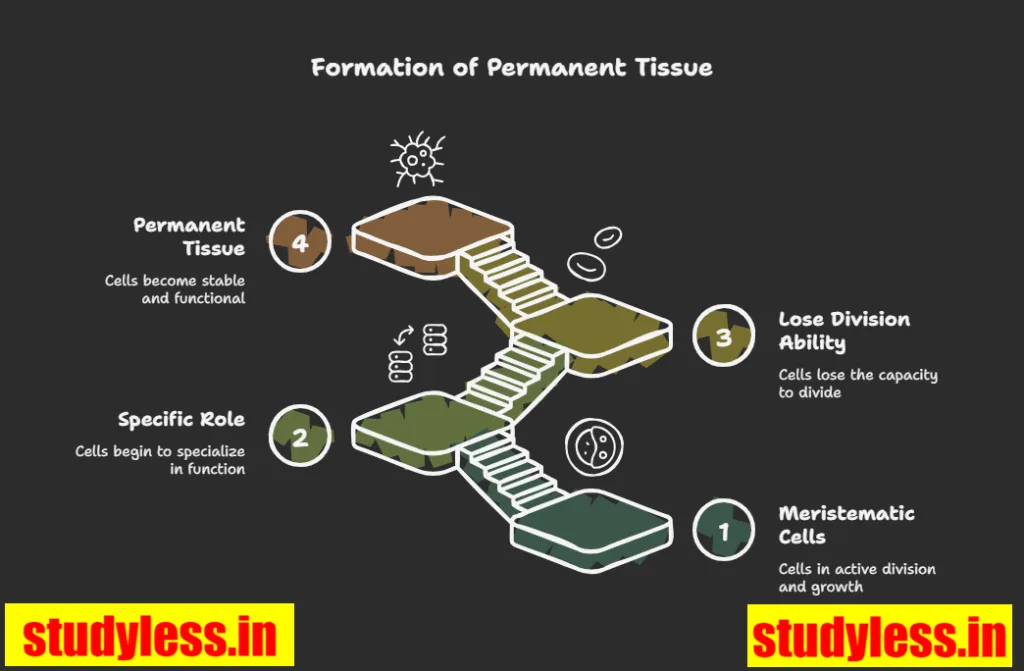
Parenchyma
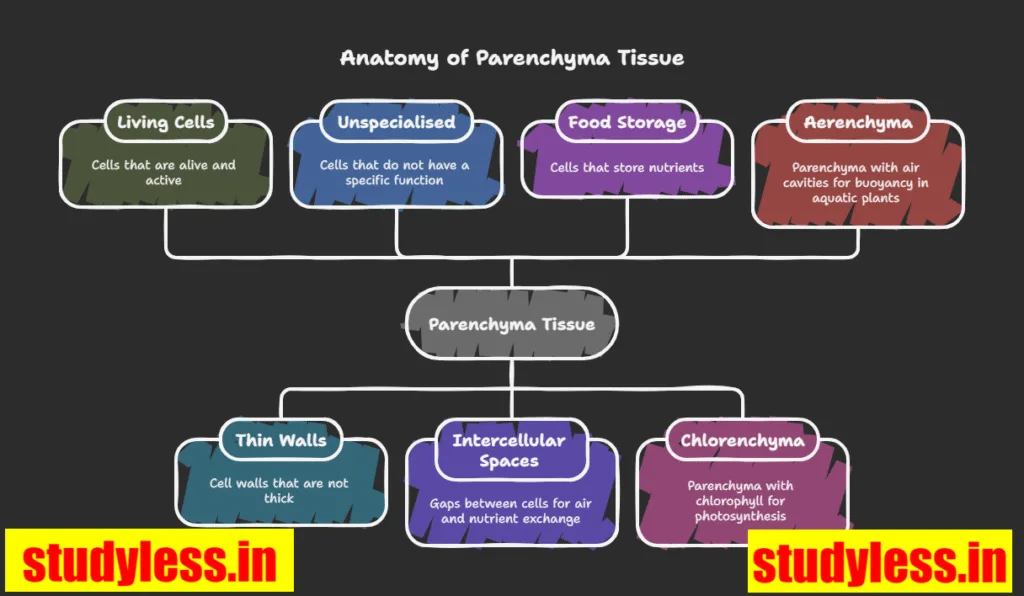
Collenchyma
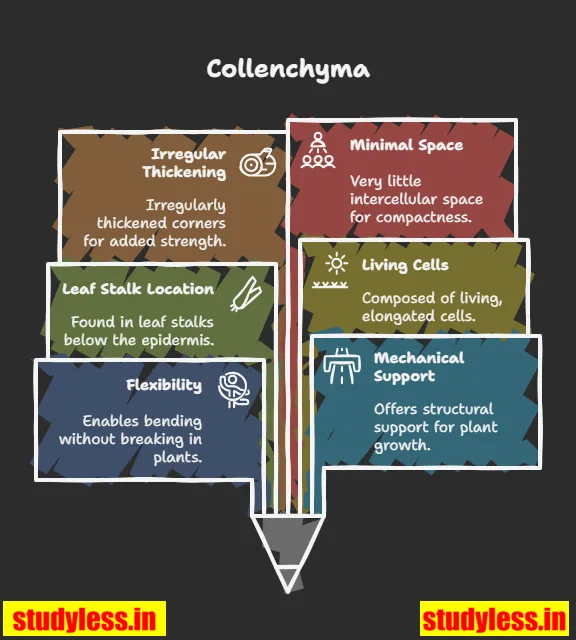
Sclerenchyma
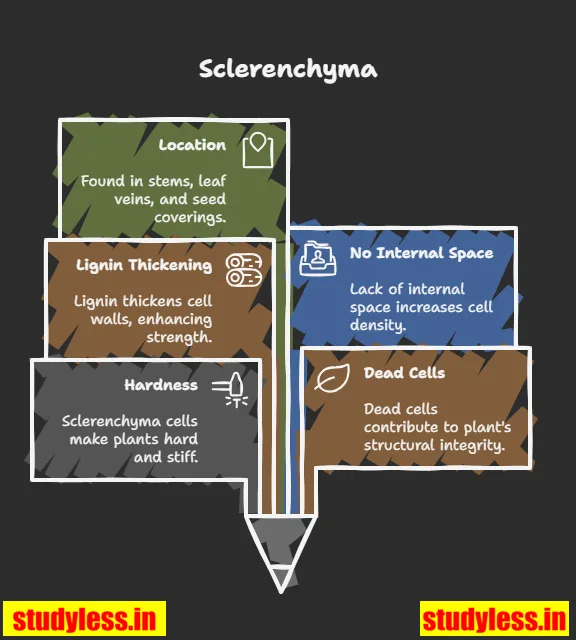
Plant Protection By Epidermis
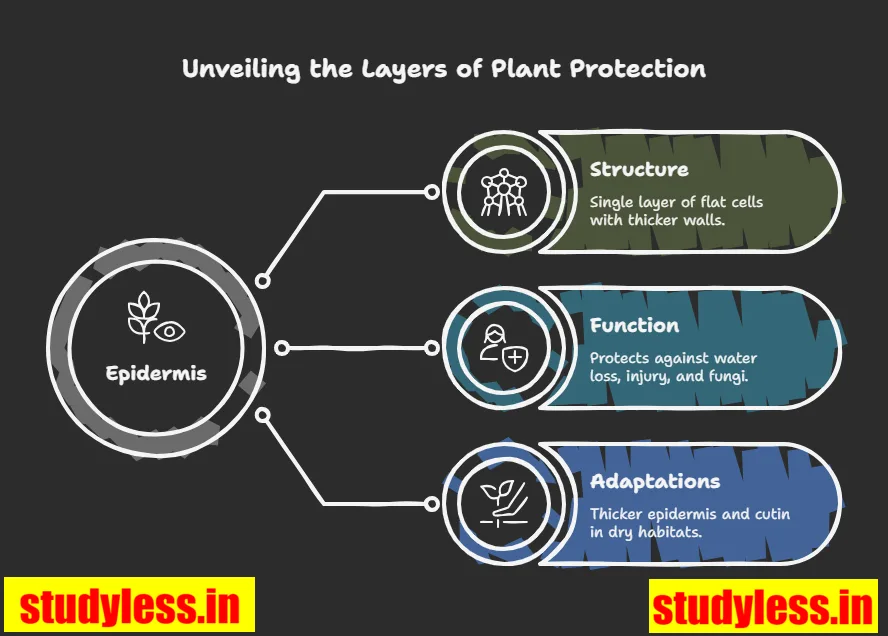
Stomata Guard Cells And Root Hairs

Conclusion
This flowchart simplifies complex tissue concepts. Use it to visualize connections, revise fast, and boost memory. A handy tool for Class 9 biology success.
FAQs: How to Use Tissue Class 9 Flow Charts
Q1: What is this flowchart for?
A: It summarizes the Class 9 Tissue chapter. Shows tissue types, structures, and functions visually.
Q2: How should I start using it?
A: Begin at the top. Follow the arrows step by step. Read each box carefully.
Q3: Can I use it for revision?
A: Yes! Review it before exams. It helps recall key points quickly.
Q4: Where should I keep it?
A: Stick it near your study area. Look at it often. Use it while doing homework.
Q5: Is it a replacement for my textbook?
A: No. Use it with your textbook. It adds clarity but doesn’t cover all details.
Q6: How does it help with tough topics?
A: Breaks down complex ideas. Shows links between tissues. Makes learning easier.
Q7: Can I add my own notes?
A: Absolutely! Write extra points in margins. Use colors to highlight important parts.
Q8: How often should I check it?
A: Daily for 5-10 minutes. Regular viewing improves understanding and memory.
Q9: Will it help in diagram-based questions?
A: Yes. It shows tissue structures and relationships. Great for drawing and labeling practice.
Q10: What if I don’t understand a part?
A: Ask your teacher. Re-read that section in your textbook. Use the flowchart to guide your questions.


